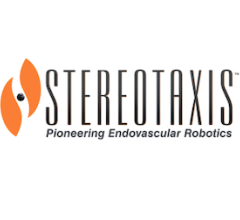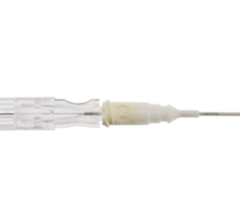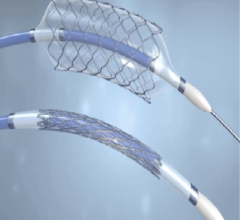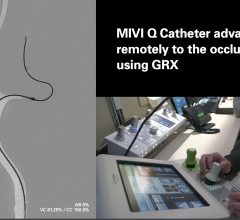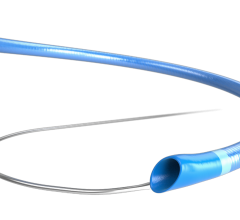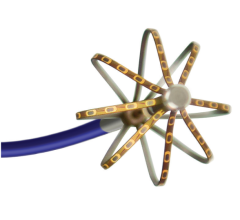March 3, 2015 — A study being presented at the Society of Interventional Radiology’s annual scientific meeting says 3-D printing could become a powerful tool in customizing interventional radiology treatments to individual patient needs. With the technology, clinicians would have the ability to construct devices to a specific size and shape. Researchers and engineers collaborated to print catheters, stents and filaments that were bioactive, giving these devices the ability to deliver antibiotics and chemotherapeutic medications to a targeted area in cell cultures.
"3-D printing allows for tailor-made materials for personalized medicine," said Horacio R. D'Agostino, M.D., FSIR, lead researcher and an interventional radiologist at Louisiana State University Health Sciences Center (LSUH) in Shreveport. "It gives us the ability to construct devices that meet patients' needs, from their unique anatomy to specific medicine requirements. And as tools in interventional radiology, these devices are part of treatment options that are less invasive than traditional surgery," he added.
Using 3-D printing technology and resorbable bioplastics, D'Agostino and his team of biomedical engineers and nanosystem engineers at LSUH and Louisiana Tech University developed bioactive filaments, chemotherapy beads, and catheters and stents containing antibiotics or chemotherapeutic agents. The team then tested these devices in cell cultures to see if they could inhibit growth of bacteria and cancer cells.
When testing antibiotic-containing catheters that could slowly release the drug, D'Agostino's team found that the devices inhibited bacterial growth. Researchers also saw that filaments carrying chemotherapeutic agents were able to inhibit the growth of cancer cells.
"We treat a wide variety of patients and, with some patients, the current one-size-fits-all devices are not an option," added D'Agostino. "3-D printing gives us the ability to craft devices that are better suited for certain patient populations that are traditionally tough to treat, such as children and the obese, who have different anatomy. There's limitless potential to be explored with this technology," he noted.
The research team is also able to print biodegradable filaments, catheters and stents that contain antibiotics and chemotherapeutic agents. These types of devices may help patients avoid the need to undergo a second procedure or treatment when conventional materials are used.
D'Agostino believes that this early success with 3-D-printed instruments in the lab warrants further studies, with the goal of receiving approval to use these devices in humans. He also sees an opportunity to collaborate with other medical specialties to deliver higher-quality, personalized care to all types of patients.
For more information: www.sirweb.org

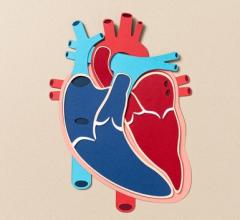
 October 28, 2025
October 28, 2025 

